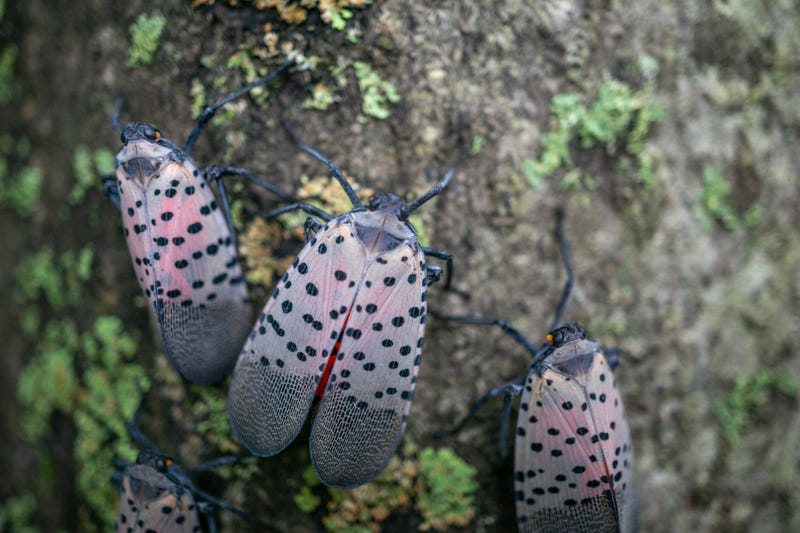
Emelie Swackhamer, a spotted lanternfly specialist with the Penn State Extension service in Collegeville, says the pests are making their presence known.
"We're seeing high numbers in central through southern Montgomery County, into parts of northern Philadelphia. Chester County, there's areas of high populations. But in the central area where they were first discovered (Berks County) and in the past, we had really high populations. This year the numbers are down," Swackhamer said.
She says insecticides, banding tape on trees and a natural predator - a type of fungi that was discovered growing in Berks County and is toxic to the lanternflies - might be contributing to keeping them in check.
But Swackhamer says the flying adults are about to take off for more open spaces, including urban areas.
"They have a behavior where they tend to go toward buildings and tall objects, including trees and telephone poles, and people probably will see that flying behavior for about a two- to three-week period starting in the end of August into early September," she explained.
Swackhamer says don't panic — they don't bite. Just swat them and step on them to kill them.

